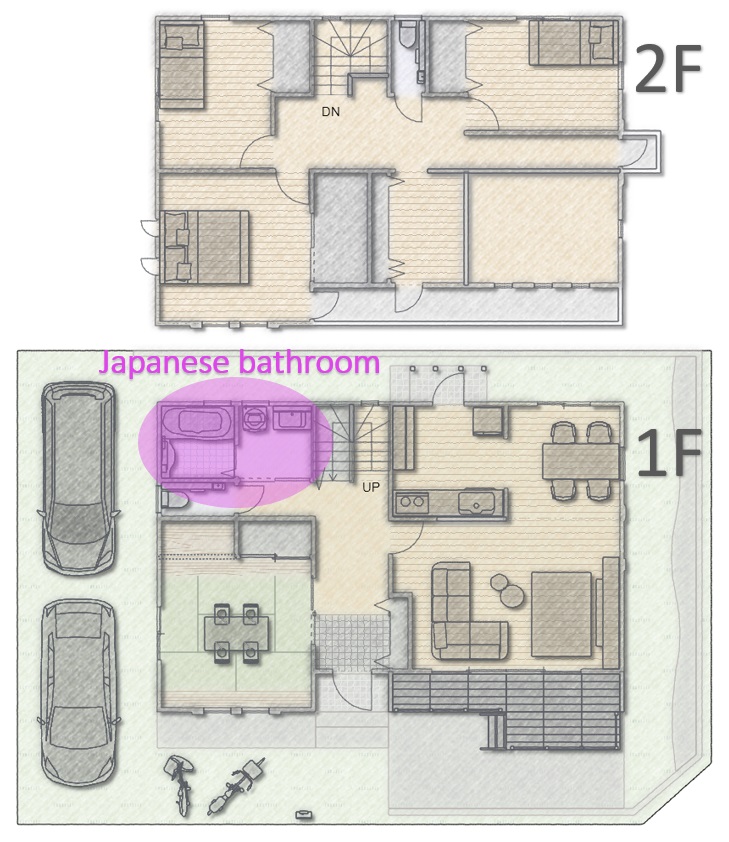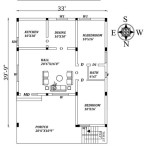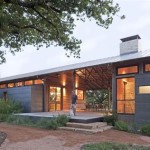Japanese Style Bath House Plans: Essential Aspects
Japanese bath houses, known as onsen or sento, are renowned for their therapeutic and relaxing properties. Designing a Japanese-style bath house requires careful consideration of various essential aspects to create an authentic and immersive experience.
Location and Surroundings
The location of the bath house plays a crucial role in its overall ambiance. Traditional onsen are often nestled amidst natural surroundings, such as mountains or forests, to enhance the connection with nature. The bath house should be designed to complement the surrounding landscape, creating a harmonious and tranquil atmosphere.
Thermal Water Source
The thermal water source is the heart of any Japanese bath house. Natural hot springs are highly valued for their therapeutic benefits, and the bath house should be designed to maximize their utilization. The water temperature, mineral content, and flow rate are carefully controlled to create the optimal bathing experience.
Bath Styles and Functionality
Japanese bath houses typically feature multiple baths of varying temperatures and styles. The main bath, known as the ofuro, is usually a large, communal bath filled with hot water. Other baths may include cold plunges, steam rooms, and saunas, each serving a specific purpose. The bath house should be designed to accommodate different bathing preferences and provide a comprehensive bathing experience.
Interior Design and Materials
The interior design of a Japanese bath house should reflect traditional Japanese aesthetics. Natural materials, such as wood and stone, are commonly used to create a warm and inviting ambiance. Lighting is carefully planned to enhance the calming and soothing atmosphere. The use of bamboo, lanterns, and traditional Japanese artwork adds to the authentic experience.
Social and Cultural Aspects
Japanese bath houses are also important social spaces where people gather to relax and connect. The bath house should be designed to facilitate social interaction and encourage a sense of community. Communal areas, such as changing rooms and休息室 (kyuushitsu, or rest rooms), are essential to the overall experience.
Sustainability and Environmental Impact
Modern bath house designs prioritize sustainability and environmental responsibility. Energy-efficient heating systems, water conservation measures, and eco-friendly materials are incorporated to minimize the bath house's environmental footprint. By promoting sustainable practices, bath houses can maintain their therapeutic and cultural value while respecting the environment.
Additional Considerations
Other important aspects to consider when designing a Japanese-style bath house include:
- Accessibility for all users
- Adequate ventilation to prevent moisture buildup
- Proper maintenance and cleaning protocols
- Safety features, such as non-slip surfaces and emergency exits

Japanese Home Bathroom The Archi Designer Japan

Japanese House Floor Plan Layout Traditional Style Plans

Hiiragi Suite Rooms Yufuin Onsen Kaede No Shoja

House Floorplan Traditional Japanese Floor Plans

Japanese Home Design Ideas Pictures 331 Sqm Homestyler

Guest Rooms Ishikawa Yamashiro Onsen Rurikoh Official Site Operated By Yorozuya Kanko

Typical Home Layouts Differences Between Japan And Abroad

Rooms Suimeikan

Plan To Convert House Into Japanese Style Bed And Breakfast In Bath Somerset Live

House Floor Plan Design Plans Traditional Japanese Container Home Style








